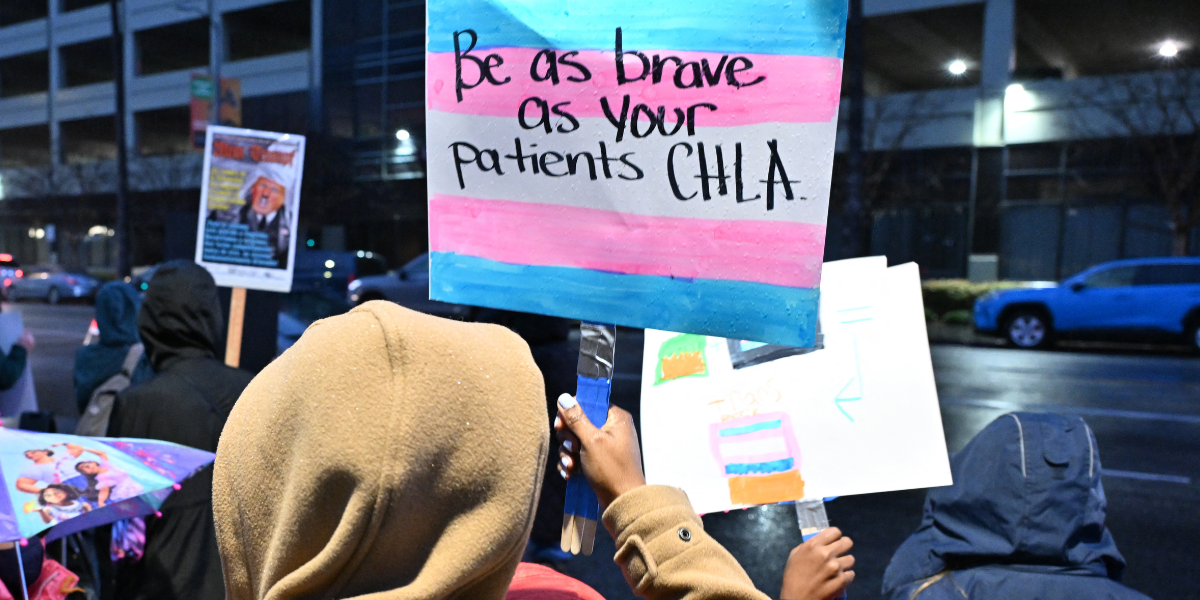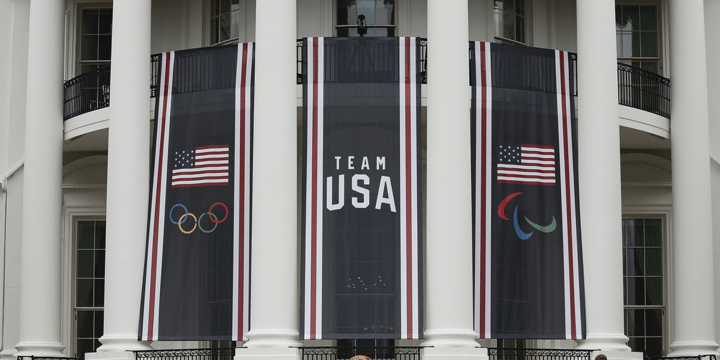feature image via Shutterstock
About 24,000 transgender people whose state identification does not match their gender live in the 10 states with new, strict photo ID requirements at the polls, and they may have a tough time getting their votes counted this November.
The Williams Institute at UCLA found that 84,000 transgender individuals are eligible to vote in Alabama, Arkansas, Georgia, Indiana, Kansas, Mississippi, Tennessee, Virginia and Wisconsin, states that have the photo ID laws or that might have the law before November in the case of Wisconsin. Just over a quarter of those people don’t have a valid photo ID that reflects their gender and name to meet the standards required by the law. The report notes that transgender people of color, people with low incomes, youth and people with disabilities are more likely not to have the proper ID — that is to say, people who are already more likely to not vote because of lass access will have even less access.
In other states, and in these states previously, voters without photo identification were given other options to comply with the law. Voter ID law supporters insist the goal is to reduce voter fraud, yet several of the states can demonstrate zero cases of voter fraud in recent years. Loyola law professor Justin Levitt has identified 31 credible instances of in person voter fraud that might have been stopped by a photo ID requirement — out of more than a billion ballots cast since 2000. In most cases of fraud, photo identification wouldn’t make a difference, Levitt explains.
Election fraud happens. But ID laws are not aimed at the fraud you’ll actually hear about. Most current ID laws (Wisconsin is a rare exception) aren’t designed to stop fraud with absentee ballots (indeed, laws requiring ID at the polls push more people into the absentee system, where there are plenty of real dangers). Or vote buying. Or coercion. Or fake registration forms. Or voting from the wrong address. Or ballot box stuffing by officials in on the scam. In the 243-page document that Mississippi State Sen. Chris McDaniel filed on Monday with evidence of allegedly illegal votes in the Mississippi Republican primary, there were no allegations of the kind of fraud that ID can stop.
Transgender people face a much higher rate of disenfranchisement because of photo ID laws than the general population. A 2006 study found that about 11% of citizens didn’t have a government issued photo ID. That rate more than doubles for transgender citizens, who face barriers to getting ID because they must comply with costly and complicated state and federal requirements to legally change their names and genders.
Other groups, like married women, may face similar problems, reports Think Progress. Many women take their partner’s last name or adopt a hyphenated name when they marry but may not update their photo IDs right away. In the case of Texas, for example, people can vote if their name is substantially similar to the name on their IDs. But that leaves it up to individual poll workers to arbitrate similarity. In the National Transgender Discrimination Survey, 41% of trans people report being harassed upon presenting ID that does not match their gender, and 22% report being denied equal treatment by government officials.
So, trans people trying to vote may find themselves at the mercy of the poll workers who will determine on a case-by-case basis whether their vote counts — the those statistics don’t bode well for every vote being counted as it should.
Based on Levitt’s investigation and many other reports, the new voter ID restrictions will have no impact or a very limited one on reducing instances of fraud, the stated goal. However, they will certainly affect the thousands of citizens in those states who don’t have proper photo IDs by discouraging them from trying to vote or getting their votes rejected at the polls. It bears mentioning that the voter ID laws have been Republican initiatives, and the people most likely to be disenfranchised — women, people of color, people with disabilities, people with low incomes, and trans people, among others — belong to groups statistically more likely to vote Democrat.







